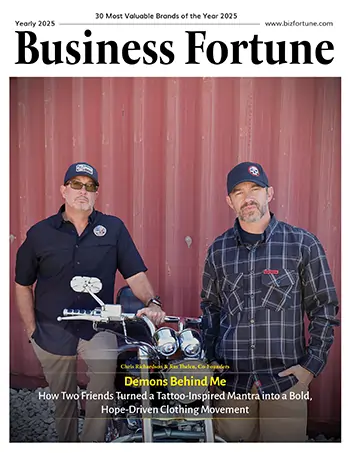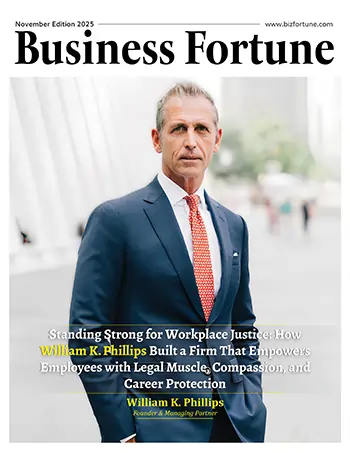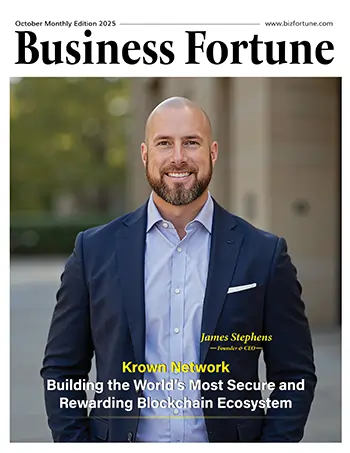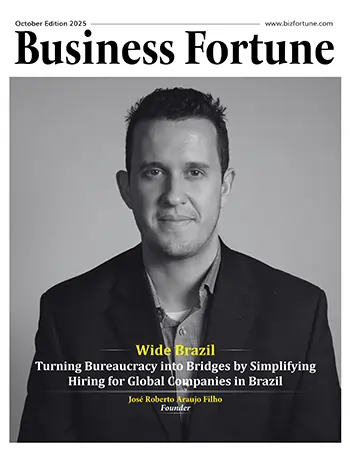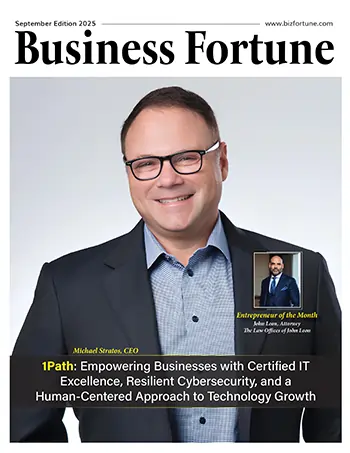Home Others Lifestyle and Fashion How Social Media Shapes Fashio...
How Social Media Shapes Fashion Trends and Modern Shopping Habits
Lifestyle and Fashion

Business Fortune
02 October, 2024
Social media sites have become the new couturiers of the digital age, shaping the public's sense of style and fashion. Social media has merged into our daily lives, transforming the way we learn, communicate, and shop. And fashion is by far the industry that has become the most popular on social media. Millions of people share their opinions, preferences, and sense of style inspiration on a daily basis. However, learning about the ways in which social media affects culture and fashion is interesting. In the same way as it shapes our understanding, production, and expression via clothing.
How Social Media Shapes Fashion Trends and Modern Online Shopping Habits
Because social media is so prevalent, trends in the quick-changing world of fashion are emerging and changing more quickly than they have in the past. Social media has a significant impact on fashion and has sparked a rapid transformation in the fast fashion industry. Social media Fashion influencers can reach hundreds of thousands or billions of individuals on platforms like Instagram, TikTok, and YouTube who are looking to be up to date, visually appealing, and stylish from the moment they wake up until they go to bed. Social media fashion influences has transformed our lives, and its quick ascent has altered the rules for the fashion industry, particularly for fast fashion.
Vogue editors and designers set the pace, and what was in vogue was disseminated through magazines to the general public. However, social media has raised the bar by drawing in a younger, new audience. Fast fashionistas don't invest in long-lasting clothing because the newest trends typically fall out of vogue in below three months. This aptly captures the way in which buyers handle the apparel they purchase. The way that fashion trends communicate with their primary audience is evolving due to the fact that fashion bloggers is more fluid and interactive than ever. Compared to any other industry, the fashion bloggers has rapidly undergone a social media revolution.
The Impact of Social Media on Fashion Trends
Trends in the fashion business determine popular design styles, the "it" appearance that everyone wants to have, and specific apparel requirements. Setting trends is influenced by a variety of factors, including innovation and supply accessibility. Technology is one of the main forces behind trend creation and establishment.
Consequently, hundreds of pieces of content are shared in a split second by users worldwide, and social media has transcended all boundaries, including linguistic and demographic ones, because of network connectedness.
-
Key Platforms Driving social media Fashion Influence
Trends spread through the use of algorithms on platforms such as Instagram and TikTok, which propel popular trends to the forefront. Social media fashions Influencers are essential to this process because they show off how to style and wear new trends and people take style inspiration of fashion from them, which helps the general public embrace them more quickly.
-
Instagram vs. TikTok: A Comparative Analysis
In the age of social media, Instagram is four years older than TikTok, which seems like a century. During that time, Instagram repeatedly redefined social media fashion influencer marketing, online shopping communities, social posting, and engagement.
The main differences between these two platforms are:
-
Images, carousels, short-form videos (Reels), long-form videos (IGTV), ephemeral material (Stories), streaming (Live), and listicles (Guides) are all available on Instagram.
-
The well-known online vertical short-form video networking channel is called TikTok.
However, when it comes to audiences, engagement, algorithms, and social commerce, TikTok trends and Instagram fashion differ considerably.
Consumer online Shopping Habits in the Social Media Era
According to a 2022 GlobalWebIndex poll, 54% of social media users use sites to research products, and almost 30% of respondents claimed they would use social media marketing to make a direct purchase.
-
The Rise of Social Commerce
The statistics show that social commerce is growing. Global market size is projected to reach $2.9 trillion by 2026. Over fifty percent of social media users regularly conduct product research on these platforms prior to making a purchase, and 13% of all U.S. e-commerce transactions in 2023 came from social commerce. It's evident that social commerce is changing the retail landscape and isn't merely here to stay.
Future Trends in Fashion and Social Media
The way that technology and social media marketing are incorporated into fashion is still changing as we move forward. The way that consumers interact with products is changing because to innovations like augmented reality try-ons, virtual reality experiences, and AI-powered suggestions. The frontiers of fashion advertising and storytelling are being pushed by partnerships among digital fashion companies, influencers, and tech platforms; this bodes well for the future of digital fashion engagement.
The Influence of Fashion Bloggers and Micro-Influencers
Because they provide enormous value to marketers, digital fashion influencers are the newest marketing marvels for companies. This is due to the fact that influencers allow manufacturers to showcase their apparel to sizable audiences and followers who are frequently interested in what the social media fashion influencers publish on their pages.
The influencer having millions of followers, thousands of comments, shares, and responses does not define trends. Micro-influencers, or individuals with fewer followers but high levels of engagement, are another type of influencers that have a huge impact, which made people do influencer marketing. These individuals primarily concentrate on the many fashionably dressed looks, and they feel it is their responsibility to ensure that others are aware of these looks. The diversity of digital fashion trends on social media marketing is a result of their capacity to introduce novel ideas and adapt to specific group demands.
Conclusion:
Social media has become a potent force for change in the fashion industry, altering customer interaction, purchasing habits, and trends. In addition to expanding the reach of social media fashion influencers, platforms like Instagram and TikTok also generate dynamic environments for in-the-moment engagement and inspiration. Customers find themselves pulled to the newest styles more and more as fast fashion adjusts to the quick speed of social media, frequently placing a higher value on trends than durability.
The emergence of social commerce highlights the seamless connection of fashion and technology and represents a major shift in the way consumers explore and purchase things. More immersive shopping experiences are being made possible by innovations like augmented reality and AI-driven recommendations, which also give marketers new opportunities to engage with their customers.
Furthermore, the influence of micro-influencers highlights the significance of genuineness and community in the modern fashion story. These people further shape consumer tastes by creating a more relatable and intimate connection to style through their active followings.
It seems certain that social media will keep being a major factor in influencing the fashion industry as we move to the future. Not only will brands that embrace this digital revolution succeed, but they will also redefine what it means to be trendy in the present era by utilizing the distinct capabilities of several platforms. The distinctions between consumers, influencers, and brands are becoming more and hazier in this dynamic digital ecosystem, weaving a rich tapestry of style that represents the many voices and preferences of our global society.
FAQ:
-
How has social media changed the way we shop for fashion?
Shopping has become more rapid and engaging thanks to social media fashion influence, since users can now explore products, finds trends, and make purchases straight through platforms.
-
What role do influencers play in shaping fashion trends?
Influencers curate and present trends, offering authenticity and style inspiration that connects with their following and frequently propels the widespread adoption of new styles.
-
Which social media platforms are most effective for fashion marketing?
The best platforms are Instagram and TikTok, which use visual content and interactive elements to connect with fashion-conscious consumers.
-
How can brands utilize social media to engage consumers?
Interactive content, influencer marketing and partnerships, user-generated content initiatives, and demographically-specific targeted advertising are all effective ways for brands to communicate with their audience.
-
What are some emerging trends in digital fashion?
New developments include virtual fashion shows, augmented reality shopping, digital apparel for avatars, and a rise in the application of AI for tailored suggestions.




























